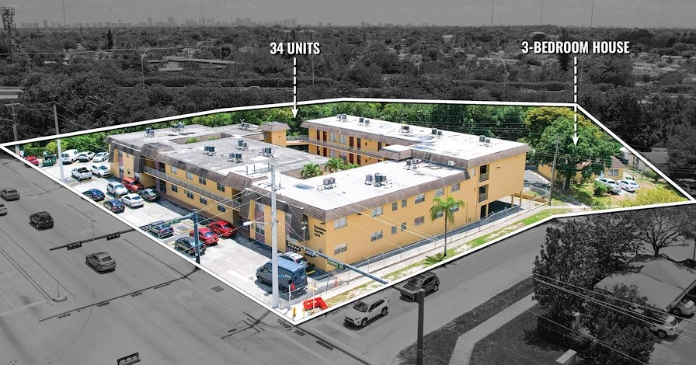Apartment market conditions generally improved according to the National Multifamily Housing Council’s Quarterly Survey of Apartment Market Conditions for January 2022. The Market Tightness (69), Sales Volume (59), and Equity Financing (67) indexes all came in above the breakeven level (50) for the fourth quarter in a row, though many respondents indicated conditions remained unchanged across the indexes. The Debt Financing (36) index indicated weaker conditions for the second consecutive quarter.
“We are continuing to witness strong demand for apartments across the entire U.S., but most notably in the Sun Belt, where most markets have seen double-digit rent growth that has more than made up for the pandemic slowdown,” noted NMHC’s Chief Economist, Mark Obrinsky. “And even as construction continues to rebound from the lows of 2020, absorptions have more than kept pace, such that apartment occupancy remains at record-highs.”
“Equity financing remains widely available, allowing for continued transactions in the apartment sales market, even as higher interest rates have made it more expensive to borrow.”
- The Market Tightness Index decreased from 82 to 69, indicating that market conditions have become tighter, although there continues to be less consensus among respondents. Nearly half (49 percent) of respondents reported tighter market conditions than three months prior, compared to only 12 percent who reported looser conditions. However, 40 percent of respondents felt that conditions were no different from last quarter.
- The Sales Volume Index decreased from 79 to 59, remaining above the breakeven level of 50 and signaling increased apartment sales volume. There was still significant disagreement among respondents, however – forty percent of respondents reported higher sales volume than three months prior, while nearly one-quarter (23 percent) percent indicated lower sales volume. Thirty-five percent of respondents, meanwhile, deemed volume unchanged from the previous quarter.
- The Equity Financing Index increased slightly from 65 to 67. Though 35 percent of respondents reported that equity financing was more available than in the three months prior, more than half of respondents (58 percent) believed equity financing conditions were unchanged during the same period. Just 1 percent of respondents indicated equity financing was less available.
- The Debt Financing Index decreased from 48 to 36, remaining below the breakeven level of 50 for the second consecutive quarter. Only eight percent of respondents reported better conditions for debt financing compared to three months prior, while over one-third (36 percent) felt that financing conditions were worse. However, nearly half of respondents (48 percent) signaled that conditions were unchanged in the debt market from the previous quarter.
As rents have recovered in markets across the country from the weakness seen at the beginning of the COVID-19 pandemic, rent control measures have started to crop up in several jurisdictions. With that in mind, we asked respondents if new imposition or consideration of rent control measures has caused them to reconsider their investment or development plans in those jurisdictions. Overall, nearly one-third (32 percent) of respondents indicated they do not operate in the markets currently threatened by rent control measures, but would not consider doing so because of those limitations. Roughly a quarter (26 percent) of respondents have cut back on investment in those markets, while an additional 15 percent of respondents have not yet made those cuts in investment but are considering doing so. On the other hand, 23 percent of respondents do not plan to make any changes to their investment in those markets, and an additional 4 percent do not currently operate in those markets but would still consider doing so despite the threat of rent control.
Respondents were also asked to list markets they are specifically avoiding, either due to existing rent control measures or the threat of new policy adoption. Of the 31 respondents who answered this question, 55 percent indicated specific markets in California or the state as a whole; 29 percent said New York; 23 percent indicated Minneapolis/St. Paul; 19 percent mentioned Washington or Seattle; and 16 percent said they are avoiding Oregon or Portland specifically. Additional markets respondents reported specifically avoiding included Illinois/Chicago, Maryland, Boston, Connecticut, and Denver.
View the full January 2022 data.
About the survey
The January 2022 Quarterly Survey of Apartment Market Conditions was conducted January 18-25, 2022; 78 CEOs and other senior executives of apartment-related firms nationwide responded.













